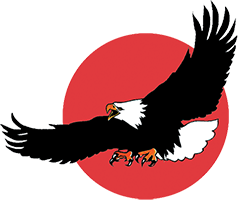Throwing an Incendiary
On night harassment missions to Rabaul, B-17 aircrews would often be assigned a stack of 4-pound incendiary bombs for the rear fuselage in addition to the load in the bomb bay. The waist gunners tossed the bombs out the side of the aircraft as the pilot circled over the Japanese base. Pictured here is one […]

